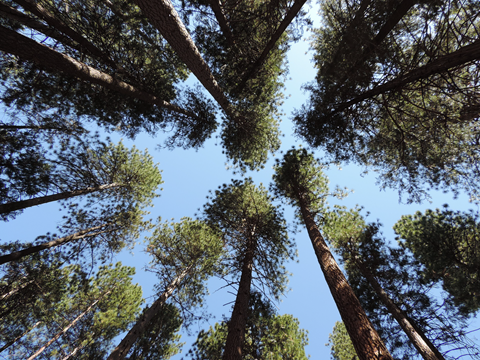GREENFIRE
A few years ago, I attended the ICORE conference in Salt Lake City where I heard a presenter describe the dramatic increase in usage of wilderness areas in the U.S. as “Industrial Strength” recreation. At the time, there was an interesting debate about the role of outdoor programs utilizing ‘pristine” wilderness areas to the point where we might be loving certain areas to death. As permit systems become more prevalent, and the number of programs and individuals wishing to recreate in classic backcountry environments continues to increase, this ought to be a continuing concern for all of us involved in the outdoor education field.
But, this is small potatoes compared to the next version of industrial strength recreation. How are we going to respond to the challenge of climate change? The field of outdoor education has been curiously quiet on this issue from my perspective. While we worry about getting permits and “access” to wild areas and “leaving no trace” while we visit these places, we seem to be a bit behind on the “traces” we leave from simply running our programs. After all, what is the point of operating an outdoor program if we can’t model care for our planet at the most basic level? Perhaps it’s time we all move beyond LNT in the backcountry to sustainability in the frontcountry as an equally important environmental ethic. Toward that end, I offer a few suggestions to “green” your program and I invite others to post a comment below with other suggestions or additional comments and queries.
1. Carbon credits. Yes, I know, we cannot buy our way to a greener conscience but building carbon off-sets into your program budgets is a simple but effective way to show that you are aware of the environmental impacts of your travel and that you are attempting to mitigate them. According to Mother Jones (May/June 2007), the following carbon off-set companies rate “excellent”- Atmosfair (atmosfair.de) and Climate Friendly (climatefriendly.com).
2. Green gear lists. We hand out gear and clothing lists to our clients, why not offer specific “green” suggestions? These might be everything from Patagonia’s recyclable underwear, to vegan boot options, to a simple wool sweater you can get at a hand-me-down store.
3. Go local. Do you really have to travel 500 miles to paddle that one river or climb at that one spot? Remember, a lot of our participants are beginners who do not really know the difference between a world famous river or rock climbing area and a perfectly serviceable local/regional area. Are there other opportunities to draw in participants to more local opportunities? How about birding with an ornithologist from your college or university? Or, a trip to a local organic farm that can give students hands-on experience with some element of a working farm. If we are to really get to a different code of conduct toward our planet, it will start by balancing the glorification of “wilderness” with the importance of the “everyday nature” around us.
4. Green your business practices. Buy organic cotton t-shirts, use recycled paper and other products. Look for ways to minimize waste (one organization I know locally has found a company that sells compostable forks, spoons, knives, and plates!).
5. Take another look at your organizational mission statement. Does it accurately reflect your environmental and educational goals? Do you need to enhance your environmental/sustainability stance within your mission? Do your participants leave your program with a sense of an environmental ethic that can carry beyond the initial experience? How might you amplify that?
Outdoor education is well positioned to be a part of bringing our society around to a fundamentally different relationship with the natural world. Here’s hoping that, five years from now, we aren’t still just talking about it.


